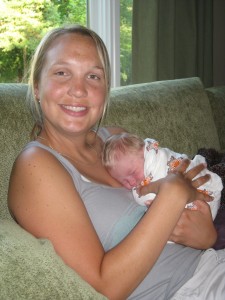 Ok, this post is a bit out of order. In the whirlwind of packing, prepping, and diving into this trip, I’ve gotten a little behind… Here is why our departure was so nuts and so fun:
Ok, this post is a bit out of order. In the whirlwind of packing, prepping, and diving into this trip, I’ve gotten a little behind… Here is why our departure was so nuts and so fun:
July 14-28: Two weeks in Michigan. Amazing times – our first nephew is born (welcome Gavin Benjamin Martens!), quality time with the families in Ann Arbor and northern Michigan, Cottage Weekend, etc.
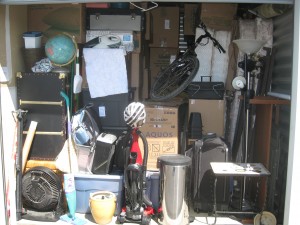 July 29-31: Move out. Everything into storage or friends’ basements/garages. Note to self – moving takes longer than you think it will, even with the help of friends and family. Trying to work during moving is also difficult.
July 29-31: Move out. Everything into storage or friends’ basements/garages. Note to self – moving takes longer than you think it will, even with the help of friends and family. Trying to work during moving is also difficult.
Aug 3: Last work day for nearly a year! Amazingly good feeling, except that I wasn’t done with work obligations yet (and won’t finish until after week 1 in Ecuador).
Aug 4: Work and pack. Work and pack. Tie up loose ends.
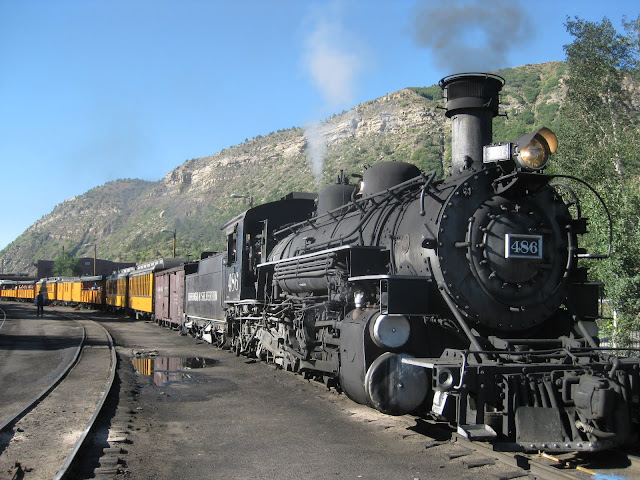 Aug 5-8 : The world trip begins in Colorado. First, we drive to Durango where we head into the Weminuche Wilderness area for some backpacking in the Chicago Basin. Having not had the opportunity to get into the backcountry at all this summer, we had to squeeze in at least one trip before taking off! This was a special one – the Chicago Basin is one of the most amazing landscapes in all of Colorado, and it’s only accessible by the Durango-Silverton Narrow Gauge Railroad (or by adding an extra day of hiking in). The DSNGR ride is an experience in itself. Operating continuously since 1887, this steam engine used to provide access to the mines in the Weimenuche region. Today, it’s a tourist attraction and super-cool backcountry access vehicle.
Aug 5-8 : The world trip begins in Colorado. First, we drive to Durango where we head into the Weminuche Wilderness area for some backpacking in the Chicago Basin. Having not had the opportunity to get into the backcountry at all this summer, we had to squeeze in at least one trip before taking off! This was a special one – the Chicago Basin is one of the most amazing landscapes in all of Colorado, and it’s only accessible by the Durango-Silverton Narrow Gauge Railroad (or by adding an extra day of hiking in). The DSNGR ride is an experience in itself. Operating continuously since 1887, this steam engine used to provide access to the mines in the Weimenuche region. Today, it’s a tourist attraction and super-cool backcountry access vehicle.
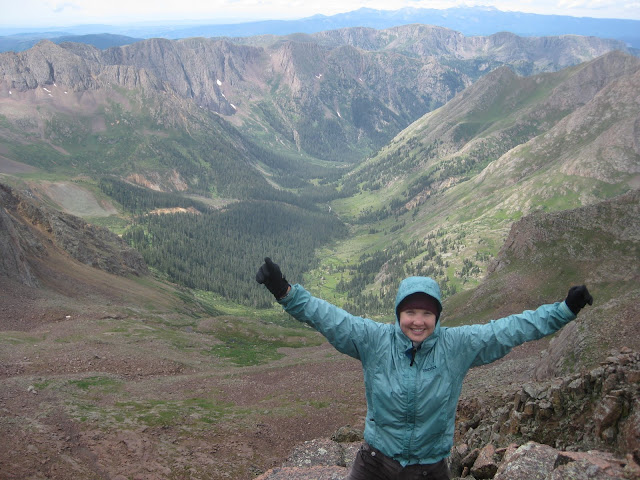 After a 2.5 hour train ride, we arrived at the trailhead, which led us up to the Chicago Basin over 6 fairly steep miles. The Basin, surrounded by three 14,000ft peaks, was as majestic and picturesque as we had hoped. On day two, we slugged our way to the top of our 4th 14er, Mt. Windom.
After a 2.5 hour train ride, we arrived at the trailhead, which led us up to the Chicago Basin over 6 fairly steep miles. The Basin, surrounded by three 14,000ft peaks, was as majestic and picturesque as we had hoped. On day two, we slugged our way to the top of our 4th 14er, Mt. Windom.
The unexpected excitement of the trip was our regular and very close interaction with a few families of mountain goats. The Chicago Basin is very highly visited, and the mountain goat population has grown fond of the delicious salty clothing and urine of these frequent visitors. We knew of this issue before arriving, but somehow, we managed to choose the campsite that intersected their daily migration patterns, and they took a liking to us. These guys had no qualms in coming as close as 5 feet from our sitting position,  and would occasionally let us know that we were unwelcome guests by marking their territory while looking in our direction. Fortunately, we made it out without incident, and now it makes for a good story.
and would occasionally let us know that we were unwelcome guests by marking their territory while looking in our direction. Fortunately, we made it out without incident, and now it makes for a good story.
Aug 9-10: Telluride. For the 3rd time in 2010, I had the opportunity to visit Colorado’s most picturesque town. This time, it was to see two nights of my favorite band, Phish, and they rocked that box canyon. Joined by great friends in the best live music venue around, it was a killer way to kick off our big adventure.
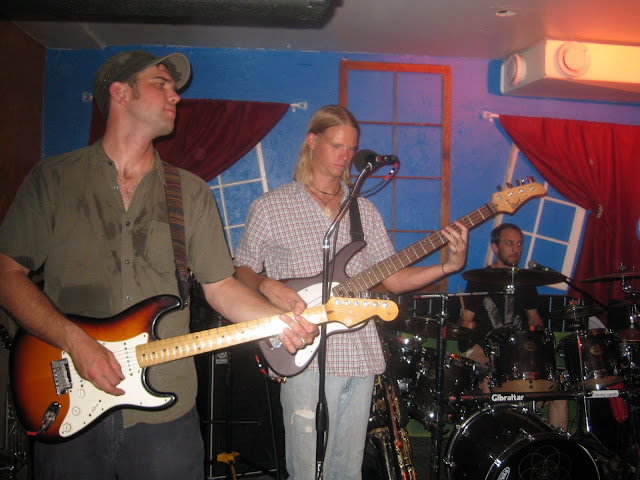 Aug 11-13: Pack and work. Goodbye happy hours and parties. Way too much to do before leaving…
Aug 11-13: Pack and work. Goodbye happy hours and parties. Way too much to do before leaving…
Aug 13: Our final night in Colorado, and one hell of a goodbye party and show. Despite a lengthy break from the previous performance, Zen Mustache members all brought their A-game, and we played a rockin show. Aside from friends and family, I will miss playing music with these guys more than anything else.
Aug 14: Without sleeping a wink after the show (and running a 4:30am last-ditch attempt to find our vaccination cards (unsuccessfully), we head to the airport at 6am. The adventure begins…
Soccer, right? Well maybe, but equally as popular as the world´s game is an Ecuadorian version of volleyball: EcuaVolley. And it is everywhere in this country. Courts are in every park, in every town – way more prevelant than soccer fields. It´s similar to volleyball as we know it, but with a few important differences:


